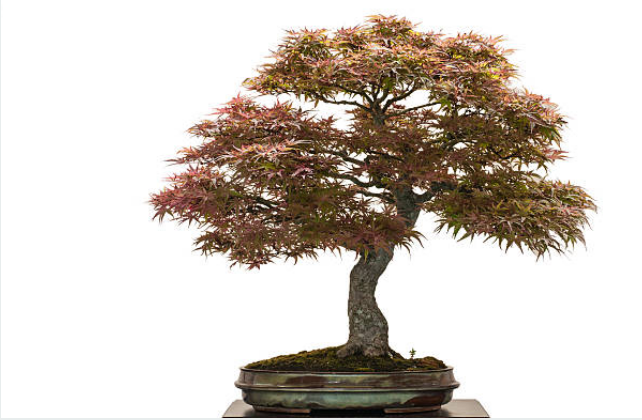Small Japanese Maple Trees: Miniature Marvels for Your Garden
Japanese maple trees (Acer palmatum) are celebrated for their exquisite beauty and the transformative touch they bring to any garden. While there are many varieties of Japanese maples, the small Japanese maple trees, in particular, are a delightful choice for those with limited garden space or a penchant for petite and elegant landscapes.
In this blog, we will delve into the charm, versatility, and essential care tips for small Japanese maple trees, helping you create a stunning and intimate garden retreat.
Embracing the Allure of Small Japanese Maple Trees
Small Japanese maple trees belong to the species Acer palmatum, celebrated for its striking foliage, stunning leaf shapes, and captivating seasonal changes. These diminutive trees typically reach a height of 6 to 12 feet, making them ideal for small gardens, courtyards, patios, or even container plantings. Despite their smaller size, they make a remarkable impact with their unique and elegant aesthetic.
Foliage and Color
One of the standout features of small Japanese maple trees is their exquisite foliage. The leaves can vary in shape, from deeply dissected to palmate, offering a diverse range of textures and patterns. However, it's the stunning leaf colors that truly make these trees special. Japanese maples can display a wide array of colors throughout the year, from vibrant green in spring to deep reds, oranges, or purples in the fall. This striking transformation creates a living work of art in your garden, offering a different visual experience with each season.
Caring for Small Japanese Maple Trees
To ensure your small Japanese maple trees thrive and continue to bring beauty to your garden, it's crucial to provide the right care and attention. Here are some essential tips for the proper care and maintenance of these marvelous trees:
1. Sunlight: Plant your small Japanese maple trees in a location that receives dappled shade or partial sun. While they can tolerate morning sunlight, it's crucial to shield them from harsh afternoon sun, which can scorch their delicate leaves.
2. Soil: Well-drained, slightly acidic soil is ideal for these maples. Amending the soil with organic matter can enhance growth and overall health.
3. Water: These trees require consistent moisture to thrive. Regular watering is essential, especially during dry spells or hot weather.
4. Pruning: Prune your small Japanese maple trees minimally, primarily to remove dead or crossing branches. Pruning is best done during late winter or early spring before new growth begins.
5. Fertilization: Use a balanced, slow-release fertilizer in the early spring to provide the necessary nutrients. Avoid over-fertilization, which can harm the tree.
Year-Round Beauty for Cozy Gardens
One of the most remarkable attributes of small Japanese maple trees is their year-round beauty. In spring, they display fresh, vibrant foliage that creates a focal point. As summer arrives, the leaves maintain their charm, providing shade and a sense of tranquility. The real magic happens in the fall when the leaves transform into a breathtaking display of reds, oranges, and purples. Even during the winter months, the delicate branches and architectural form continue to add visual interest to your garden.
Conclusion
Small Japanese maple trees are living works of art that add an elegant touch to any garden, regardless of its size. Their compact nature makes them perfect for cozy gardens, courtyards, or even container plantings. With their stunning foliage and captivating seasonal changes, they infuse your outdoor space with enduring beauty.
The year-round interest they bring, from spring's fresh greens to fall's fiery display, makes them a must-have for garden enthusiasts with a penchant for elegance. Cultivate the magic of small Japanese maple trees and experience their timeless allure in your cozy garden retreat.





Comments
Post a Comment